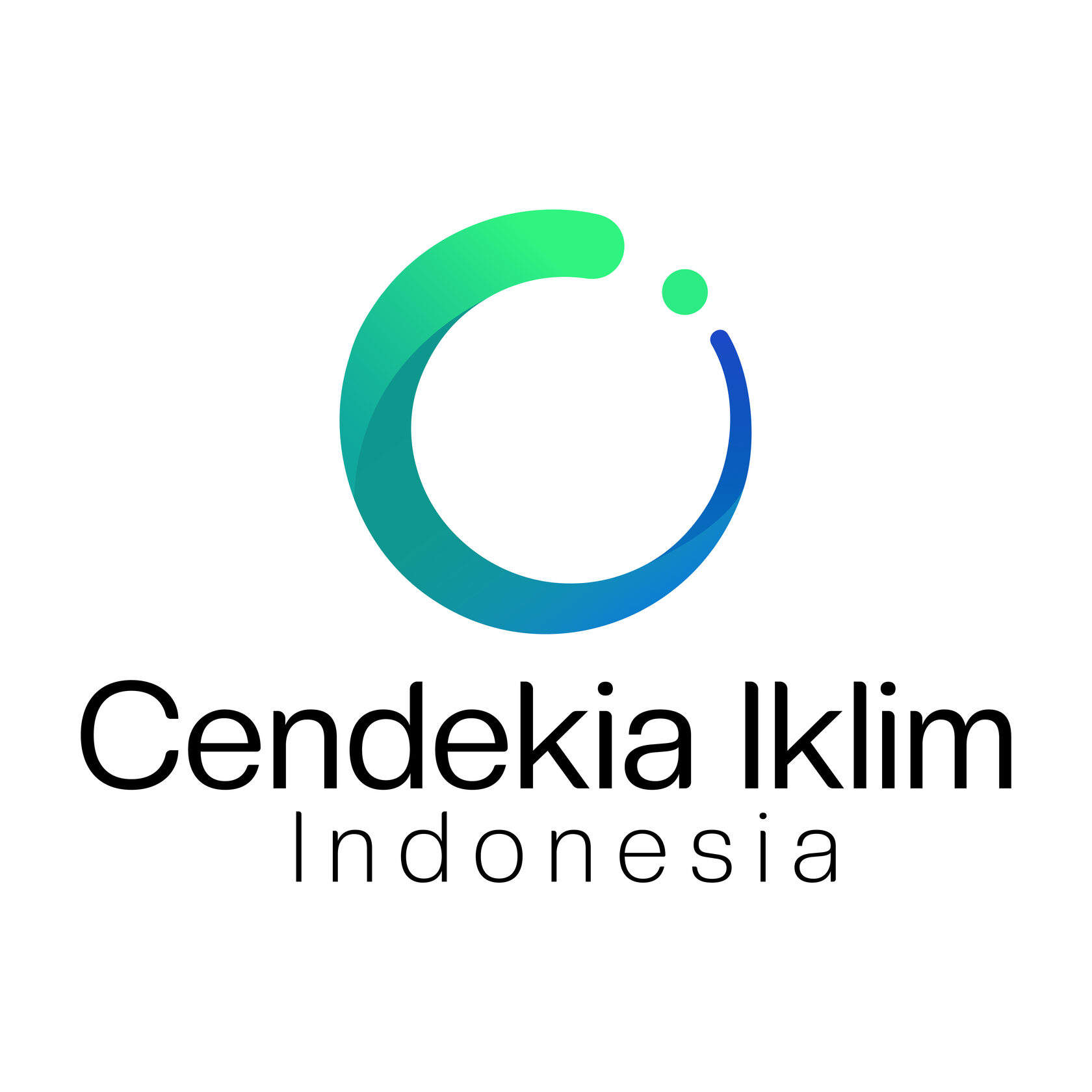New economy framework for sustainable district development
Indonesia's forests are critical for biodiversity, ecosystem services, and economic growth. However, excessive resource extraction and land-use practices have led to severe deforestation and ecosystem degradation, threatening both environmental health and economic sustainability. Addressing these challenges requires transformative approaches that balance ecological preservation with inclusive economic growth.
This project aims to design a new sustainable economy model framework for 4 districts in Indonesia. Through a conceptual framework and dynamic trajectory model, it seeks to guide regional development, promote sustainable practices in key sectors, and align local initiatives with global sustainability goals while fostering collaboration among stakeholders.
Combining a landscape-based conceptual framework with baseline indicators and value chain analysis, alongside a trajectory model using dynamic modeling, threshold analysis, and decision-making alignment to drive sustainable development in the 4 districts.
- Conceptual Framework of New Economy Model Based on Landscape
- Establishing Conceptual Framework & Indicator: Assessing existing definition, gap analysis, and indicators measuring the new economy model.
- Business identification: identification of key business actors that will play significant roles in the new economic model.
- Impact Analysis: Macro & Meso-economic, social, and environment
-
Trajectory Model for Restorative Economy
- Supply and Value Chain Analysis: Identify opportunities for improvement and advocate for sustainable practices.
- Institutional and Actor Network Analysis: understand the structure, relationships, and influence patterns among institutions and actors.
- Value Proposition Canvas & Social Business Model Canvas: articulate how this economic model creates value for various stakeholders, including businesses, consumers, communities, and the environment.
- Outcome
- Baseline Indicator & Projection
- Problem Mapping
- Program Modelling
- Readiness Assessment
- Alignment


